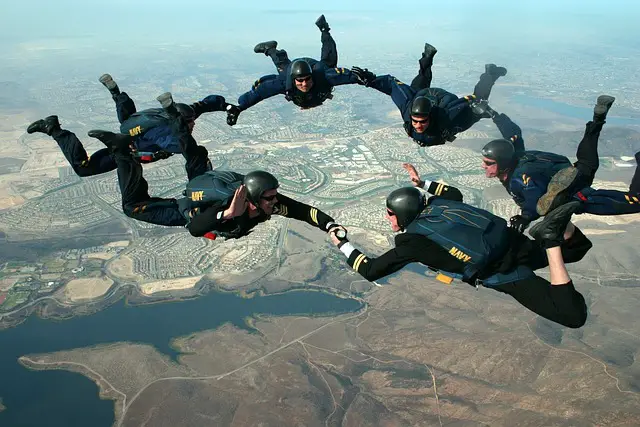Navigating through the wilderness can be both exhilarating and challenging, especially for young scouts. However, boy scout orienteering transforms this challenge into an educational adventure, equipping scouts with essential life skills. This article delves into the exciting world of boy scout orienteering, a fundamental component of the scouting experience.
What is Boy Scout Orienteering?
Boy Scout orienteering is an outdoor navigation activity where scouts use a map and compass to find specific locations in unfamiliar terrain. Unlike casual hiking, orienteering involves pre-determined routes and checkpoints, known as control points. Scouts must use their skills to navigate from one control point to another, adhering to the principles of accuracy, speed, and efficiency.
Why is Orienteering Important?
Orienteering is far more than a simple navigation exercise. It fosters a wide range of skills, including problem-solving, critical thinking, and teamwork. For boy scouts, mastering orienteering enhances their self-reliance and decision-making abilities. It also instills a deep respect for nature and promotes physical fitness.
Essential Tools for Boy Scout Orienteering
To successfully navigate the wilderness, boy scouts rely on several key tools:
1. Compass
A reliable compass is indispensable for orienteering. Scouts learn how to use it to determine directions and align their maps accurately.
2. Topographical Map
Topographical maps offer detailed representations of the terrain, including elevation changes, water bodies, and man-made structures. Scouts are trained to read these maps and use them in conjunction with a compass to navigate.
3. Orienteering Course
A well-structured orienteering course is essential for practice. These courses contain pre-marked control points that scouts must find using their navigational skills.
How Do Boy Scouts Prepare for Orienteering?
Preparation is key in boy scout orienteering. Troops often engage in various training sessions to hone their skills:
1. Map Reading Workshops
Scouts attend workshops to learn how to read and interpret topographical maps accurately. These sessions cover map symbols, contour lines, and scale.
2. Compass Skills Training
Using a compass effectively requires practice. Scouts participate in exercises to learn how to take bearings, triangulate positions, and navigate in the field.
3. Practice Courses
Practical experience is crucial. Scouts participate in practice orienteering courses to apply their skills in real-world settings, gaining confidence and proficiency.
The Benefits of Boy Scout Orienteering
Orienteering offers numerous benefits for boy scouts beyond navigation:
1. Builds Confidence
Successfully navigating challenging terrains boosts a scout’s confidence and sense of achievement.
2. Enhances Problem-Solving Skills
Orienteering requires quick thinking and adaptability, enhancing a scout’s problem-solving abilities.
3. Promotes Physical Fitness
The physical demands of orienteering, including hiking and running, contribute to overall fitness and well-being.
Conclusion: Embracing the Adventure of Boy Scout Orienteering
Boy scout orienteering is a dynamic and rewarding activity that plays a crucial role in the scouting experience. It teaches valuable life skills, fosters personal growth, and promotes a deep connection with nature. As scouts navigate through the wilderness, they develop the confidence and resilience to tackle any challenges that come their way. Whether you’re a seasoned scout or a newcomer, the adventure of boy scout orienteering awaits, ready to transform your journey into a memorable and educational experience.




